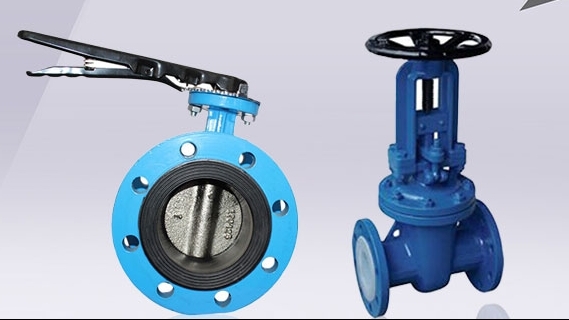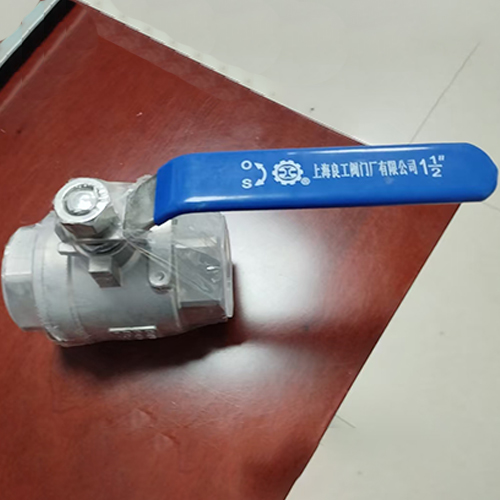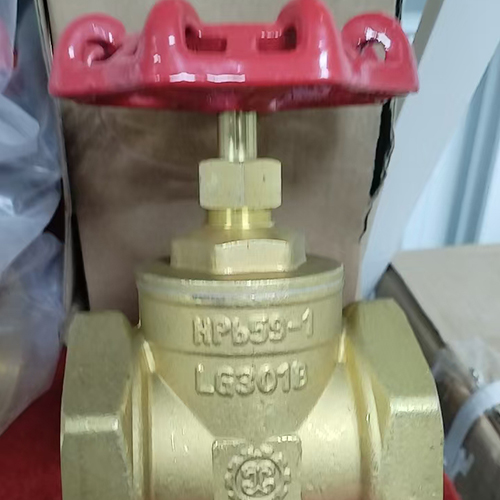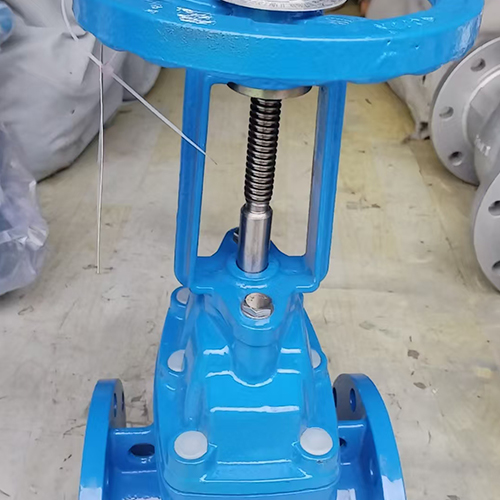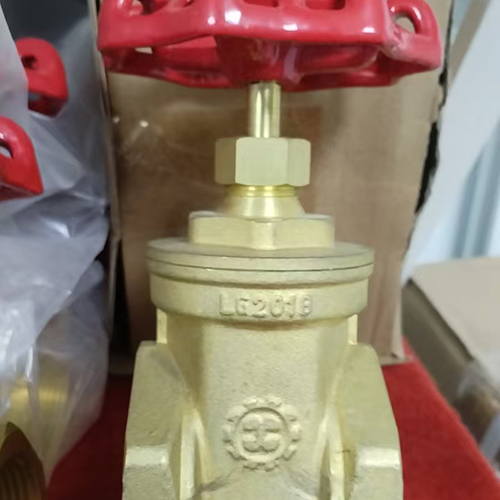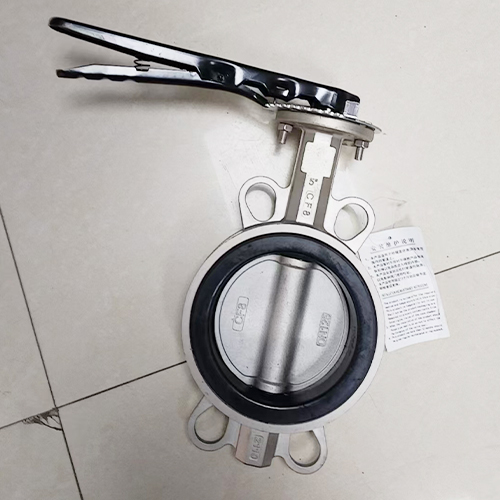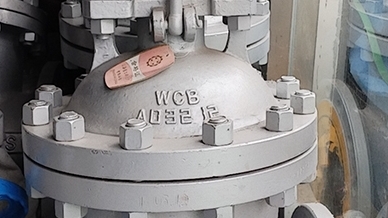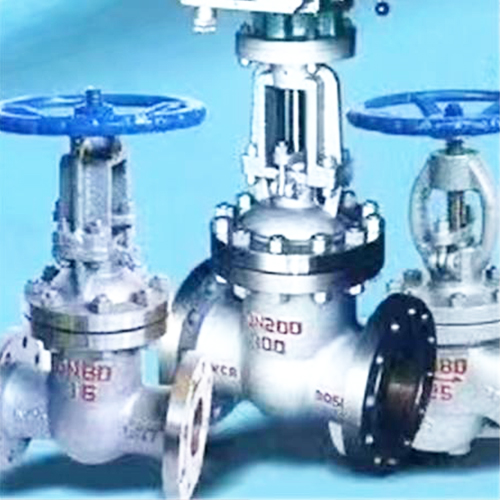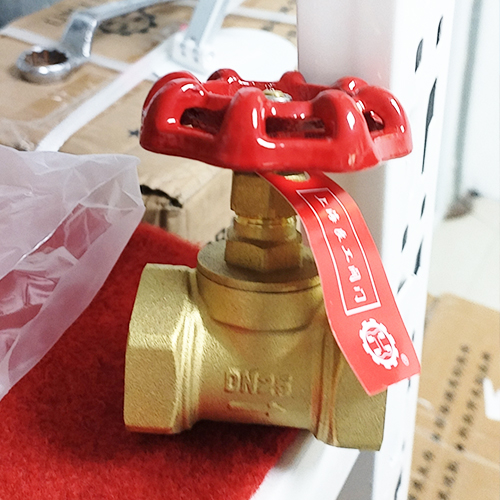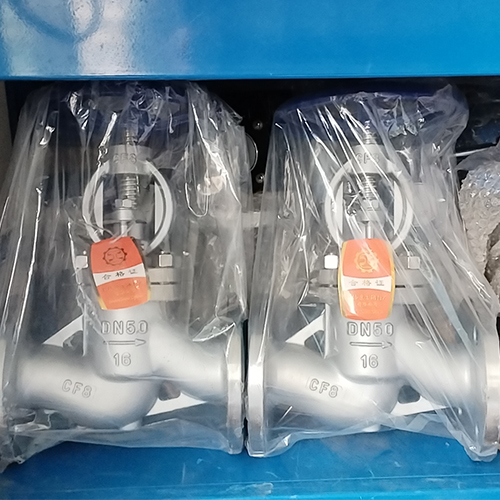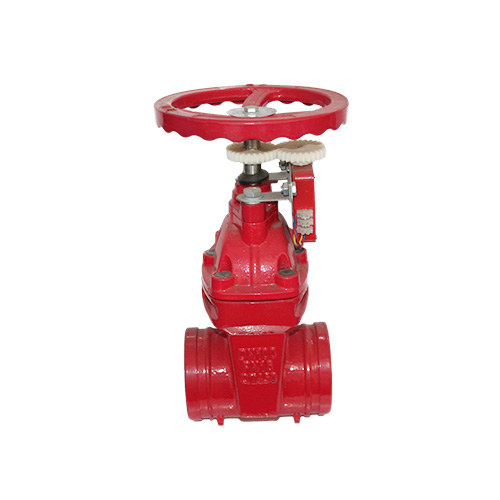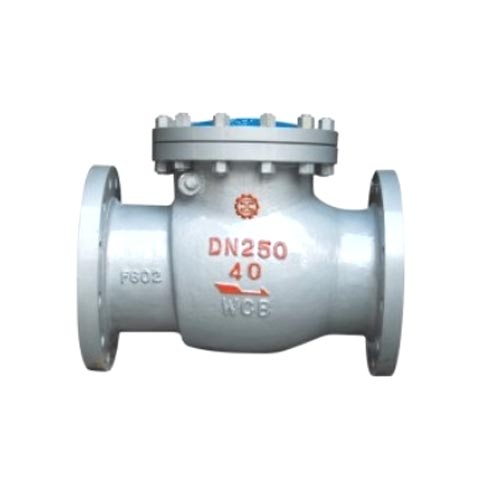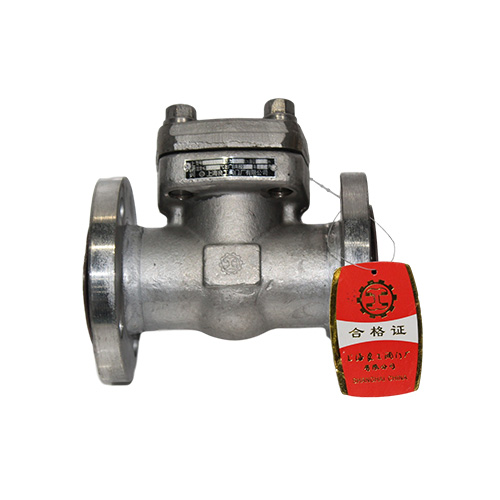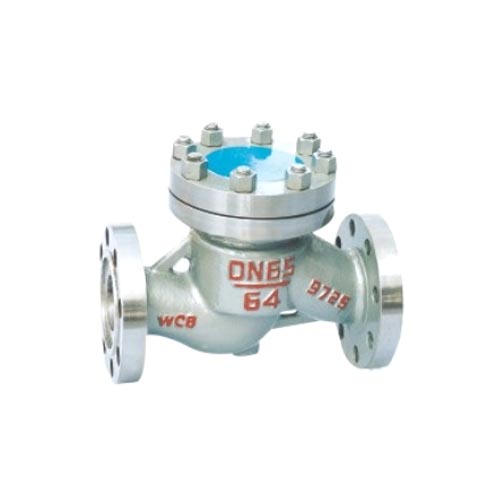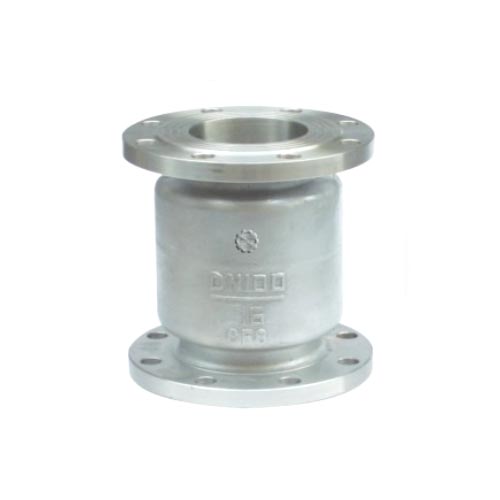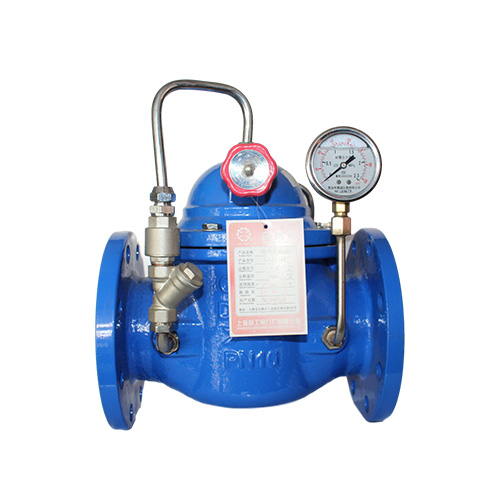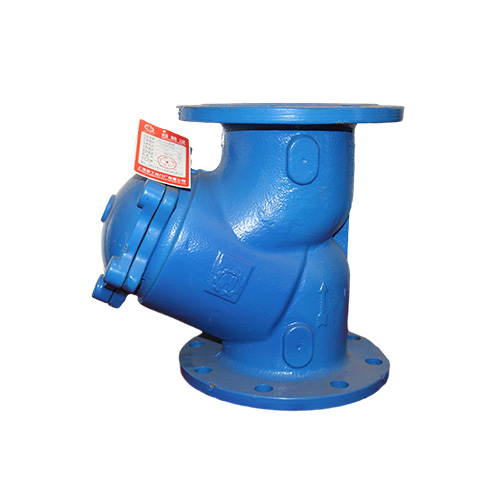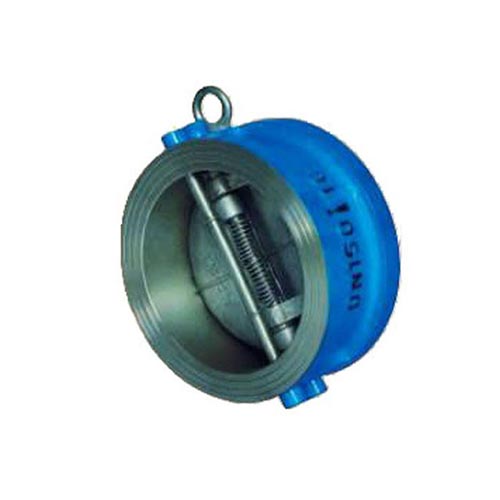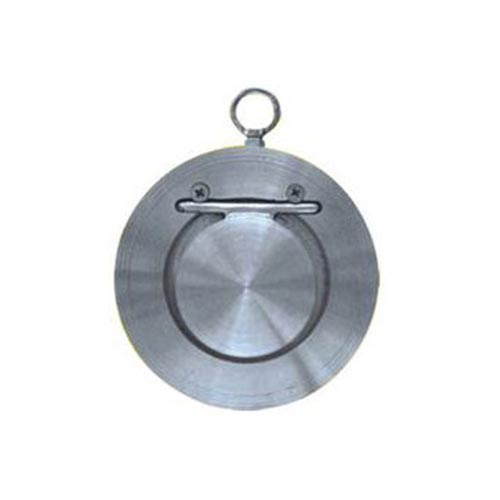1 隔膜阀的基本原理和应用隔膜阀是大家常常会接触到一个部件,基本原理是通过弹性隔膜(常用 EPDM/PTFE 材质)将流体(液体、气/汽体)与阀门阀体、驱动部件彻底分隔,有效避免金属离子溶出、部件腐蚀对产品造成的污染;同时隔膜阀平滑无凹陷的流道设计可消除死体积,防止物料残留滋生微生物。此外隔膜片(常见 EPDM+PTFE 材质)除具备常规耐腐蚀性外,在在线灭菌(SIP)系统中,还能耐受高温蒸汽灭菌,且无需拆卸阀门即可完成清洁、灭菌等操作。一句话概括:隔膜阀在生物制造行业中,凭借其介质与阀体完全隔离、零死体积无卫生死角、易清洁灭菌、极低剪切力等核心结构特点,从源头控制污染风险、保障无菌环境、提升生产合规性,已经成为生物制造控制领域不可或缺的关键设备部件!图1 隔膜阀和膜片实拍本文聊的隔膜阀以如上图所示这种堰式,膜片也是常见的EPDM+PTFE材质的膜片为主,其他特殊形式的隔膜阀和其他材质的膜片不在本文探讨范围内。
The basic principle and application of diaphragm valve: Diaphragm valve is a component that people often come into contact with. The basic principle is to completely separate the fluid (liquid, gas/vapor) from the valve body and driving components through an elastic diaphragm (commonly made of EPDM/PTFE material), effectively avoiding the contamination of the product caused by metal ion leaching and component corrosion; The smooth and non concave flow channel design of the diaphragm valve can eliminate dead volume and prevent the growth of microorganisms due to material residue. In addition, diaphragm sheets (commonly made of EPDM+PTFE material) not only have conventional corrosion resistance, but also can withstand high-temperature steam sterilization in online sterilization (SIP) systems, and can complete cleaning, sterilization, and other operations without disassembling valves. In summary, diaphragm valves have become an indispensable key equipment component in the field of biomanufacturing control, thanks to their core structural characteristics such as complete isolation between the medium and the valve body, zero dead volume, no hygiene dead corners, easy cleaning and sterilization, and extremely low shear force. They control pollution risks from the source, ensure sterile environments, and improve production compliance! The diaphragm valve discussed in this article is of the weir type as shown in the above figure, and the diaphragm is mainly made of EPDM+PTFE material. Other special forms of diaphragm valves and diaphragms made of other materials are not within the scope of this article.
2 隔膜阀多久拆检一次?首先:膜片属于易损件,必须定期对其进行检测和更换。对于阀门多久拆检一次,没有一个固定的说法,但科学的做法是罐子叔叔个人建议如下:
How often is the diaphragm valve disassembled and inspected? Firstly, the diaphragm is a vulnerable component and must be regularly inspected and replaced. There is no fixed rule on how often valves should be disassembled and inspected, but the scientific approach is as follows: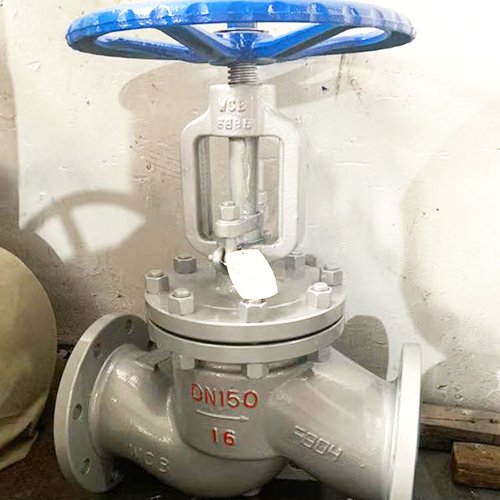
2.1 常规周期性拆检策略1.梳理清单,起草风险评估报告,不限于评估部件关键度分级、然后基于部件差异生产工艺等等完成风险评估。2.基于风险评估报告制定设备操作维护标准化文件/SOP3.再就是写你所做,做你所写补充分享:特别是在合规环境中,质量风险管理应贯穿产品全生命周期,一定要深入领会其意思,一个很大的方面就是咱们生产各项参数、指标、频次等等好好梳理下,有没有直接定的(甚至拍脑袋的)?这个是不太合适的哦,建议都要有一个风险评估(文件)支撑过程,哪怕一个频次是供应商给的,但是也要结合实际生产和工艺情况进行评估。要科学的思维去做事。也是合规检查特别是国外检查容易被提出的问题。对于2.1项落地建议,这个确实要基于实际实验和生产情况,以下仅做参考:
2.1 Conventional Periodic Inspection Strategy: 1. Sort out the checklist, draft a risk assessment report, including but not limited to assessing component criticality classification, and then complete the risk assessment based on component differences in production processes, etc. 2. Based on the risk assessment report, develop standardized documents for equipment operation and maintenance/SOP. 3. Then, write about what you have done and provide supplementary sharing. Especially in a compliant environment, quality risk management should run through the entire product lifecycle, and it is important to have a deep understanding of its meaning. One major aspect is to carefully sort out our production parameters, indicators, frequency, and so on. Is there any direct (or even brainstorming)? This is not very suitable. It is recommended to have a risk assessment (document) to support the process, even if the frequency is given by the supplier, it should be evaluated based on the actual production and process situation. We need scientific thinking to do things. This is also a problem that is easily raised in compliance inspections, especially in foreign inspections. For the implementation suggestion of item 2.1, it should indeed be based on actual experiments and production situations. The following is for reference only:
1.总体通常发酵建议至少半年拆检一次,发酵上游因为罐体定期要空消、批批要实消会经常在高温蒸汽环境下使用,清洗也有高温碱煮、相比其他工序,使用环境要恶劣一些,因此要缩短。
1. Generally, fermentation is recommended to be disassembled and inspected at least once every six months. The upstream fermentation process is often used in high-temperature steam environments due to the regular emptying of the tank body and the need for batch to batch sterilization. Cleaning also involves high-temperature alkali boiling. Compared to other processes, the usage environment is more harsh, so it needs to be shortened.
2.但建议以批次来定,有的实验或者生产可能半年不生产一次,也就没必要半年拆检了,比如10批次后,集中拆检一次。如果有条件,自控系统配置了自动阀门开关计数次数,基于开关次数也是一个好的方式(但批次其实也差不多能涵盖)。
2. However, it is recommended to determine by batch. Some experiments or production may not be conducted every six months, so there is no need to dismantle and inspect every six months. For example, after 10 batches, they should be dismantled and inspected once in a centralized manner. If conditions permit, the self-control system is equipped with an automatic valve switch counting system, and based on the number of switches, it is also a good way (but batches can actually cover more or less).
4.自动阀门和手动阀门策略要有所不一,特别是手动的阀门,人员操作的不确定性太大,容易加快损坏,因此也是一个考量点。
4. The strategies for automatic valves and manual valves should be different, especially for manual valves. The uncertainty of personnel operation is too high, which can accelerate damage, so it is also a consideration point.
4.核心的还是基于工艺和阀门所处的定位,核心还是基于风险评估,自己定,如果产品附加值高,每批使用前对关键阀门进行拆检,也常有使用。
4. The core is still based on the positioning of the process and valves, and the core is still based on risk assessment, which can be determined by oneself. If the product has high added value, key valves should be disassembled and inspected before each batch of use, and they are often used.
5.也要基于阀门膜片的质量和综合考量。比如在很多年前罐子叔叔当时的发酵车间,隔膜膜片也便宜,当时的策略:补料的隔膜阀膜片不管好坏就是一批一换。消毒班组每批搞完了,很大一部分活就是拿着内六角,站在补料管架边,拆半天阀门~~2.2 特殊情况下拆检策略上面是正常的,但是如果出现异常情况不限于:
5. It should also be based on the quality and comprehensive consideration of the valve diaphragm. For example, many years ago in Uncle Jar's fermentation workshop, diaphragm membranes were also cheap. The strategy at that time was to replace the diaphragm valve membranes for replenishment one by one, regardless of their quality. After each batch of disinfection work is completed, a large part of the work is to hold the inner hexagon and stand by the feeding pipe rack, dismantling the valve for half a day~~2.2 In special circumstances, the dismantling and inspection strategy is normal, but if abnormal situations occur, it is not limited to:
2.2.1 生产跑冒滴漏这个时候没啥好说的,哪里不对拆哪里,定向拆检。
2.2.1 There is nothing to say about production leaks and leaks at this time. Wherever it goes wrong, it should be dismantled and inspected in a targeted manner.
2.2.2 常见的发酵染菌后制定对应阀门的拆检策略,这个也基于染菌的实际情况来决定深度和广度,不要一刀切。序号场景场景个人建议策略1偶发染菌首选核心补料管线阀门进阶补料、进气、罐底、取样等2连续染菌首选所有无菌界限内的所有阀门全部拆检进阶扩展到无菌界限外到公用工程连接处这里引用了一个无菌界限的概念,这个在ASME-BPE里面有描述,索引如下:图2 发酵罐和反应器无菌界限(来源ASME-BPE2022)
2.2.2 Common strategies for dismantling and inspecting valves after fermentation and bacterial contamination should be developed based on the actual situation of the contamination, and the depth and breadth should not be a one size fits all approach. Number Scenario Personal Suggestions Strategy 1: For occasional bacterial infections, the preferred core feeding pipeline valve is advanced for feeding, air intake, tank bottom, sampling, etc. 2. For continuous bacterial infections, all valves within the sterile boundary are dismantled and inspected, and advanced to extend beyond the sterile boundary to the utility connection. Here is a reference to the concept of sterile boundary, which is described in ASME-BPE and indexed as follows: Figure 2 Fermentation tank and reactor sterile boundary (source ASME-BPE2022)
2.2.3 ?其他一些偏差比如清洁偏差,怀疑这一条线阀门有问题,基于实际评估结果拆检。2.2.4 膜片的存放期限长期库存未使用,膜片的存放期间也是有时间限制的,不能无限制存放,这个主要在做备件策略请购的时候要给予考量参考。
2.2.3 ? Other deviations, such as cleaning deviation, are suspected to be related to the valve on this line. Based on the actual evaluation results, the valve will be dismantled and inspected. 2.2.4 Storage period of membrane: If the long-term inventory has not been used, the storage period of membrane is also limited by time and cannot be stored without restrictions. This should be considered and referenced when making spare parts strategy procurement.
3 膜片怎样就该换了?这个也是本文想主要阐述的,在分享前罐子叔叔也尝试在各路资料上找一点关于膜片表面更换鉴别的比较直观的资料图谱啥的,发现除了常见的描述,图片资料比较少(也可能是罐子叔叔没找到或者没公开),也咨询了专业的隔膜阀厂家询问是否有膜片鉴别的图片之类的指导文件反馈是这一块暂时还没得,主要还是基于经验为主。但现实这一块确实是大家在实验和生产过程中会面临的一个问题,特别是对于消毒班组设备拆检的人员。那么罐子叔叔就抛砖引玉,基于个人的一点见解,抛砖分享一下,不一定完全对!大家结合实际情况考量。更希望大家在评论区多多分享细节经验。首先常规的膜片新的差不多是这样的图3 实拍和官网公开图片索引过一段时间之后,你拆开后就会发现发生了变化:
How should the 3 membranes be replaced? This is also the main point that this article wants to elaborate on. Before sharing, Uncle Can also tried to find some more intuitive information maps about membrane surface replacement identification from various sources. He found that besides common descriptions, there are relatively few image materials (which may also be because Uncle Can has not found or made public). He also consulted a professional membrane valve manufacturer to inquire if there are any guidance documents such as membrane identification pictures. The feedback is that this is not yet available, mainly based on experience. But in reality, this is indeed a problem that everyone will face in the experiment and production process, especially for the personnel in the disinfection team who dismantle and inspect the equipment. So Uncle Jar would like to share his personal insights with others, which may not be entirely accurate! Everyone should consider the actual situation. I hope everyone can share more details and experiences in the comment section. First of all, the regular membrane is like this. After a period of time, you will find that there have been changes when you open it, as shown in Figure 3 and the official website's public image index
3.1 ?压痕&变色之类外观的反复的开启,中间和接触面的地方就会有压痕。图4 实际膜片拆件检修示意个人建议:
3.1 ? Repeated opening of appearance such as indentation and discoloration will result in indentations in the middle and contact surfaces. Figure 4: Schematic diagram of disassembly and maintenance of actual membrane. Personal suggestion:
1.这个有压痕正常,但对于压痕弹性如果永久变形(手捏折痕不回弹)则是判定失效(已经失去了良好的弹性恢复能力,无法正常发挥其密封、传动等功能),需要更换。但比如上图4的膜片,虽然有压痕,但是弹性还可以,以前笔者策略判定是可以用的。
1. It is normal to have an indentation, but if the indentation elasticity is permanently deformed (the crease does not rebound when pinched by hand), it is considered invalid (it has lost its good elasticity recovery ability and cannot function properly in sealing, transmission, etc.), and needs to be replaced. But for example, the membrane in Figure 4, although it has indentation, its elasticity is still good. Previously, the author's strategy determined that it can be used.
2.压痕出现明显变色,比如变白,可能隔膜材料已发生化学老化、物理损伤或结构劣化,其密封性能和使用寿命会大幅下降,如下图,以前我们策略是换掉。
2. If the indentation shows obvious discoloration, such as whitening, it may indicate that the diaphragm material has undergone chemical aging, physical damage, or structural degradation, which will significantly reduce its sealing performance and service life. As shown in the figure below, our previous strategy was to replace it.
3.肉眼可见裂纹、分层(PTEF和EPDM分开了)、气泡、类似烧蚀、鱼鳞纹建议换掉
3. Visible cracks, delamination (PTEF and EPDM separated), bubbles, similar erosion, and fish scale patterns suggest replacement
4.?拆开膜片含颗粒时,密封边缘磨损严重,导致无法贴合阀门密封面,也应该换掉
When disassembling the diaphragm containing particles, the sealing edge is severely worn, resulting in the inability to fit the valve sealing surface, and it should also be replaced
5.腐蚀 / 溶胀:接触强腐蚀性介质后,表面出现 鼓泡、软化、体积膨胀,也应该更换4&5 条个人见得少,主要是中间部分。
5. Corrosion/swelling: After coming into contact with highly corrosive media, the surface may develop bubbles, soften, and expand in volume. It is also recommended to replace 4-5 of them, mainly in the middle part.
3.2 还没破(减薄)如下图所示,原因判定过程就是安装问题膜片阀杆没完全装进去,这个已经快破了,但是还没破(下面还有一层EPDM),总体这建议还是换掉。(这个要基于实际情况判断,看位置,以前有的批次是换到其他地方,还能用....开放讨论)
3.2 Not yet broken (thinned) as shown in the figure below. The reason for this is that the installation problem is that the diaphragm valve stem has not been fully installed. This is almost broken, but it has not yet broken (there is still a layer of EPDM below). Overall, it is recommended to replace it. (This should be judged based on the actual situation, depending on the location. Some batches in the past were moved to other places, but they can still be used... Open discussion)
3.3 破了如果出现破损,没啥好说的,还是换掉。下面是以前某批次染菌调查的一个最有可能的原因:为补料管道上一个去疏水的排污隔膜阀膜片出现了破损(怀疑在补料的时候排污端和无菌侧发生了交叉污染)。图8 某批次膜片破损示意(实拍)图9 阀门所处的位置(仅图解示意)
3.3 If there is damage, there's nothing to say, it's better to replace it. The following is the most likely reason for a previous batch of bacterial contamination investigation: a damaged drainage diaphragm valve membrane on the feeding pipeline (suspected to have cross contamination between the drainage end and the sterile side during feeding). Figure 8 Schematic diagram of membrane damage in a certain batch (actual photo) Figure 9 Position of valve (only illustrative)
3.4 罐子叔叔需要补充的是
What Uncle Jar needs to add is
1.阀门膜片异常是一个因素,但是不要发现一个膜片异常,就下结论染菌原因就是它,其他原因该调查的还是要调查,其他阀门没拆完的还是要拆。目的是为了调查出最有可能得原因,不是为了应付报告,结案了事。
1. Abnormal valve diaphragm is a factor, but do not conclude that the cause of bacterial infection is just one diaphragm abnormality. Other reasons that should be investigated should still be investigated, and other valves that have not been fully disassembled should still be disassembled. The purpose is to investigate the most likely cause, not to deal with the report or close the case.
2.一般液体接触的比如核心补料系统是高风险。
2. Contact with general liquids, such as core feeding systems, is high-risk.
3.不管膜片判定原则,如果如果保压没合格,跟这个阀门膜片有关,那么这个膜片就得替换。
3. Regardless of the principle of membrane determination, if the pressure holding is not qualified and is related to the valve membrane, then the membrane must be replaced.
4 预防大于维护--浅谈膜片的拆卸和安装
Prevention is greater than maintenance - A brief discussion on the disassembly and installation of membranes
a.注意拆的过程有掉落的风险,不要拆到最后一个螺丝,阀头掉下来,砸到人了,做好保护措施,特别是大的阀门~
a. Pay attention to the risk of falling during the dismantling process. Do not dismantle until the last screw, or if the valve head falls off and hits someone, take protective measures, especially for large valves~
b.阀门拆卸前确保管道内务必没有压力,没有残液等等。1&2条,是这些都是出现过的真实教训啊,一定要注意~
b. Before disassembling the valve, ensure that there is no pressure or residual liquid inside the pipeline. 1&2, these are all real lessons that have occurred before, so be sure to pay attention to them~
c.拆卸前,关闭气源。d.阀头的螺丝对角拧松动,一步步来。e.安装的时候,常见的几点注意:方向要正确,膜片中间有凸起,和阀体堰体凸起对准 膜片拧紧到连接件中,要刚好适中!如果膜片未充分拧入连接件中,则关闭力会直接作用在膜片螺钉而非整个压块上!这会导致膜片损坏以及提前失效,进而造成产品泄漏。如果膜片拧入过深,过度拉扯,则阀门座上的密封件功能也会会受到影响,这个很关键!
c. Before disassembly, turn off the air source. d. Loosen the screws of the valve head diagonally, step by step. e. When installing, there are several common points to note: the direction should be correct, there is a protrusion in the middle of the diaphragm, align it with the protrusion of the valve body, and tighten the diaphragm into the connecting piece, which should be just right! If the diaphragm is not fully screwed into the connector, the closing force will directly act on the diaphragm screw rather than the entire press block! This can lead to membrane damage and premature failure, resulting in product leakage. If the diaphragm is screwed too deeply or pulled excessively, the sealing function on the valve seat will also be affected, which is crucial!
备注:关于膜片的安装,可以去专业的膜片厂家官网去检索相关资料,具有详细的图示步骤资料和标准。不要挤压膜片,不要过度变形如下图所示
Note: Regarding the installation of the membrane, you can go to the official website of a professional membrane manufacturer to search for relevant information, which includes detailed diagram steps and standards. Do not squeeze the membrane, do not deform excessively as shown in the following figure
5 膜片其他补充几点清洁验证擦拭取样点,需要考虑到不同材质的,因此隔膜片是需要选取擦拭的部分转产需要考虑膜片的更换
5. Additional points for cleaning, verification, wiping, and sampling points of the diaphragm need to be considered for different materials. Therefore, the diaphragm needs to be selected for wiping and the replacement of the diaphragm needs to be considered for production
本文由 良工阀门山东销售处 友情奉献.更多有关的知识请点击 http://www.jnlgvf.com/ 真诚的态度.为您提供为全面的服务.更多有关的知识我们将会陆续向大家奉献.敬请期待.
This article is a friendly contribution from Lianggong Valve Shandong Sales Office For more related knowledge, please click http://www.jnlgvf.com/ Sincere attitude To provide you with comprehensive services We will gradually contribute more relevant knowledge to everyone Coming soon.v
 企业公告:
企业公告:

